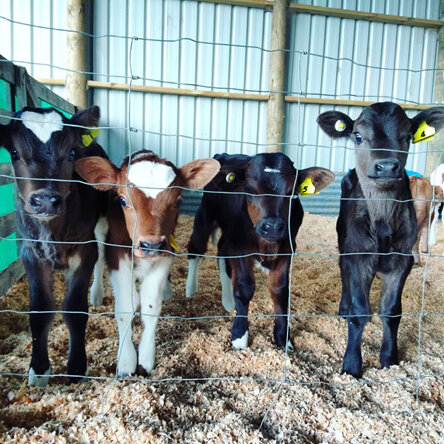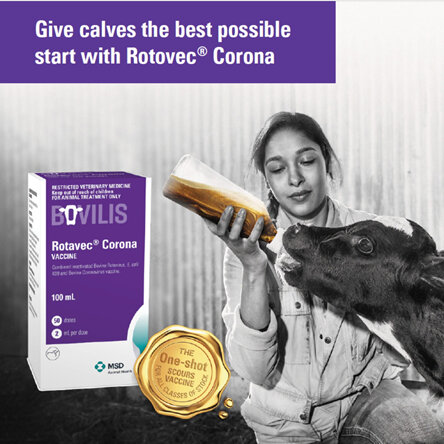Franklin Vets
Franklin Vets - excellence in veterinary care for dairy, farming, lifestyle, equine and household pets. BESTPRACTICE ACCREDITED NZ.
Your account is powered by Storbie. To edit your profile visit my.storbie.com
Your account is powered by Storbie. To edit your profile visit my.storbie.com

There are many reasons why a farm operation can develop an outbreak of scours but most of the scours we end up dealing with are often at the end of the season when staff are tired, gold standard colostrum management has slipped, the pens have seen their fair share of bugs and animals.
The single most important way to manage and prevent scours is with gold-standard colostrum management. Often people talk about the three Q’s for giving a calf colostrum, Quickly, Quantity and Quality.
Many people have also found that they struggle to get enough colostrum to meet this requirement and there are a few things you can do here. You can top your colostrum up with colostrum powder particularly if you are having issues with the volume. If you are struggling with colostrum levels near the end of the season there are options for storing excess colostrum from earlier in the season however I am not going to dabble in this topic because it's a whole separate article.

Another method of increasing the quality of your colostrum if you are struggling with this throughout the season is considering vaccinating your herd for calf scour pathogens so the antibodies can be passed on through colostrum to the calf. The Bovilis Rotavec Corona vaccine is one shot to all cows and heifers annually 3 weeks prior to calving. It covers Rotavirus, Coronavirus and E.coli (K99). This vaccine will not only improve your gold colostrum and aid in helping calves fight scours caused by these pathogens but also reduce the number of bugs being excreted into the environment for the next group of calves. However, it is important to note that this product is not a silver bullet but an additive to already good colostrum management. If you are interested in this product or want to talk further around colostrum management please do not hesitate to contact your vet. Below is a summarized table of good colostrum management otherwise good luck and we will see you out there!
Dr Amber Rowan-Sanders - Farm Vet at Taupiri
Franklin Vets - excellence in veterinary care for dairy, farming, lifestyle, equine and household pets. BESTPRACTICE ACCREDITED NZ.




